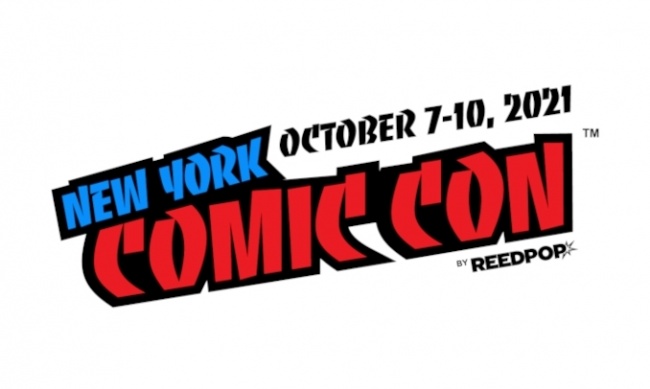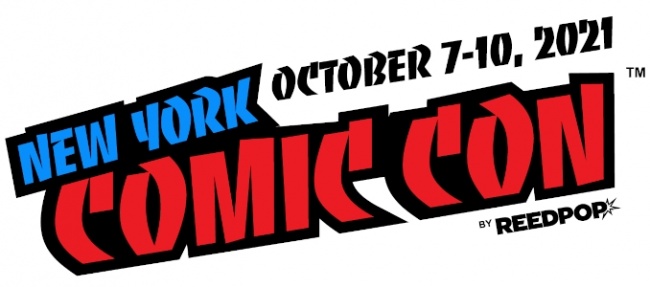Lower attendance and fewer major exhibitors didn’t dampen the enthusiasm at New York Comic Con, where a larger venue and smaller crowds made for a safer, more pleasant experience. Attendance at the four-day show was around 150,000, a spokesperson for show organizer ReedPop told ICv2, down from around 250,000 in 2019 (by ReedPop’s method of counting attendance, which is different from unique attendees). Saturday and Sunday tickets were sold out, Thursday and Friday were not. Regardless of counting method, New York Comic Con was the biggest geek culture convention in the U.S. in 2021.
This was our first look at the renovated Javits Convention Center (watch for pictures in our upcoming photo features), which provided additional space in an entirely new area for panels and other conference events, and a somewhat expanded exhibit space.
The combination of reduced crowds and more space definitely produced a lot less crowding in the aisles and common areas, which combined with the event’s vaccination and masking requirements (see "Covid Vax Required to Attend NYCC"), made for a safer environment than most other conventions this year, despite its size.
Based on our observation, masking was not followed as strictly at New York Comic Con as it was at Gen Con in Indianapolis, which we also attended recently (see "Gen Con Attendance Down 50%"), perhaps because the vaccination rule made people less concerned about possible infection. But that didn’t come without consequences. Designer toy retailer Invasion Toys, which was exhibiting at the show, was asked to leave because of a failure to observe mask rules, we were told.
Manga and anime had a big presence at the show, with Viz one of the largest exhibitors (and the largest comic publisher there), along with Funimation, Toei, Bandai, and Yen. Cosplay seemed at an even higher level than at the last NYCC in 2019, with anime costumes favored.
None of the seven largest publishers of American comics (Marvel Comics, DC Comics, Image Comics, Dark Horse Comics, IDW Publishing, BOOM! Studios, and Dynamite Entertainment) exhibited at the show, leaving more oxygen for smaller publishers such as AfterShock Comics, Scout Comics, Source Point Press, Mad Cave Studios, Zenescope Entertainment, and Z2 Comics. With 460 exhibitors and 400 artists in Artist Alley (according to numbers provided by ReedPop), there was no shortage of things for attendees to see or buy, and with less competition for time and attention, sales and traffic was brisk.
The show was another pandemic-driven experiment in what happens when you take out a chunk of what normally attracts people’s attention. Removing most of the movie, TV, and videogame presence, along with all of the largest American comic publishers from the show gave other publishers, genres, types of material, and the retailers that sell the most popular comic titles a chance to shine. Ultimately it gave consumers a better view of the possibilities, and that’s positive for the market.

Capped Attendance, Fewer Major Exhibitors Don't Dampen Enthusiasm
Posted by Milton Griepp on October 13, 2021 @ 2:41 am CT



